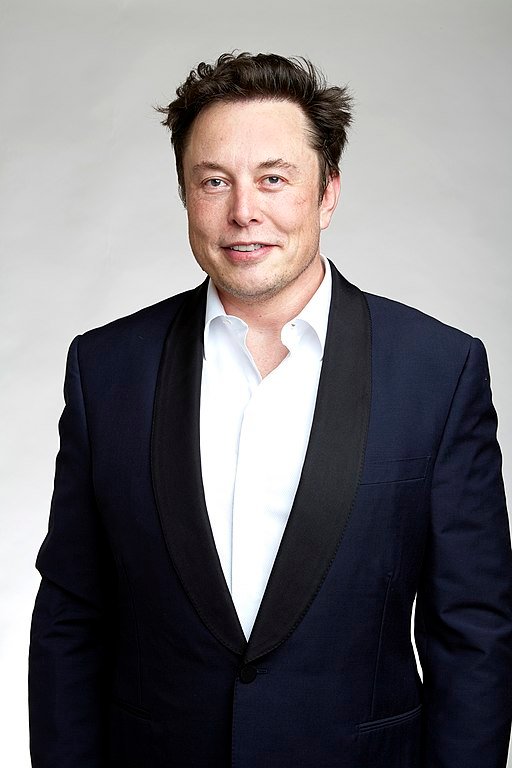
For centuries, humans have been searching for faster and more efficient ways to travel. From horse-drawn carriages to high-speed trains, transportation has come a long way. However, even with the advancements we have seen, the desire for speed and efficiency has not diminished. In fact, it has only increased with the advent of globalization and the need to connect people and goods across vast distances. This is where the Hyperloop comes in.
What is the Hyperloop?
The Hyperloop is a conceptual high-speed transportation system that was first proposed by Elon Musk in 2013. It is essentially a system of tubes or tunnels that would be used to transport people or cargo at very high speeds using a combination of magnetic levitation and vacuum-sealed tubes to reduce air resistance. This would allow for speeds of up to 760 miles per hour (1,200 kilometers per hour), significantly faster than any existing mode of transportation.
Musk's original proposal for the Hyperloop involved a system that would be able to travel between major cities in a fraction of the time it takes using current methods of transportation. The system would be powered by renewable energy sources, such as solar power, and would be able to transport passengers and cargo at very high speeds with minimal environmental impact.
Elon Musk's Plans for the Hyperloop
When Musk first proposed the Hyperloop, he stated that he was too busy with his other ventures (such as SpaceX and Tesla) to pursue the project himself. Instead, he made the plans for the Hyperloop open-source, inviting engineers and designers from around the world to contribute to its development.
In 2015, SpaceX (one of Musk's companies) announced the Hyperloop Pod Competition, which challenged university teams to design and build the fastest and most efficient Hyperloop pod. The competition has since been held several times, with teams from around the world competing to create the best Hyperloop design.
While Musk is no longer actively involved in the development of the Hyperloop, several companies have been working on developing their own versions of the technology. These companies include Virgin Hyperloop, Hyperloop Transportation Technologies, and Hardt Hyperloop, among others.
Virgin Hyperloop
Virgin Hyperloop is one of the leading companies working on developing the Hyperloop technology. The company was founded in 2014 and has since raised over $400 million in funding. Virgin Hyperloop has also conducted successful tests of its Hyperloop technology, with a top speed of 240 miles per hour (386 kilometers per hour) achieved in a test in 2020.
Hyperloop Transportation Technologies
Hyperloop Transportation Technologies (HTT) is another company that is working on developing the Hyperloop technology. HTT was founded in 2013 and has since built a test track in Toulouse, France. The company has also signed agreements to develop Hyperloop systems in several countries, including the United Arab Emirates and India.
Hardt Hyperloop
Hardt Hyperloop is a Dutch company that is working on developing the Hyperloop technology. The company was founded in 2016 and has since raised over $9 million in funding. Hardt Hyperloop has also built a test track in the Netherlands and has plans to build a full-scale Hyperloop system in Europe.
Challenges and Limitations
While the Hyperloop has the potential to revolutionize transportation, there are several challenges and limitations that must be addressed before it can become a reality. One of the main challenges is the high cost of building a Hyperloop system, which could be in the billions of dollars. Another challenge is the regulatory hurdles that must be overcome, as the Hyperloop is a new and untested technology that